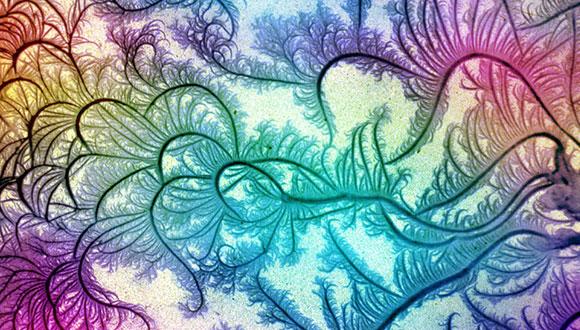Special Condensed Matter Seminar: Shedding single-photon light on many-body physics
Amir Burshtein, TAU
Zoom: https://tau-ac-il.zoom.us/j/89455973061?pwd=f5LaVynTF151Pr7KBHyghT9qqQvIKa.1
Abstract:
Photon decay is a notoriously inefficient process. The culprit is the fine structure constant \alpha – while photon splitting into other photons at lower frequencies may be mediated by interaction with matter, the small value of \alpha (~1/137) famously sets this interaction in the perturbative regime. A qualitatively different picture can emerge in superconducting circuits: carefully designed waveguides, implemented by arrays of Josephson junctions, provide an order unity \alpha environment for the photons. Coupling the waveguide to artificial atoms (qubits) then leads to the simulation of strong light-matter interaction, allowing for the decay of a single photon with order unity probability, demonstrated in recent experiments. I will show how this exotic effect can be leveraged to illuminate surprising aspects of fundamental quantum many-body phenomena. I will explain how the scattering rates of the photons, natural observables in such experiments, can capture dynamical signatures of quantum tunneling events, reveal the existence of inelastic collisions in integrable systems, and explore the onset and the breakdown of Fermi’s golden rule. I will further show that the scattering of a single photon off an artificial atom can serve as a highly sensitive probe of a fragile quantum phase transition. These works set the stage for utilizing the strong light-matter interaction to study nonequilibrium setups and harnessing the efficient photon splitting for quantum information processing applications.
Event Organizer: Dr. Hadas Soifer


